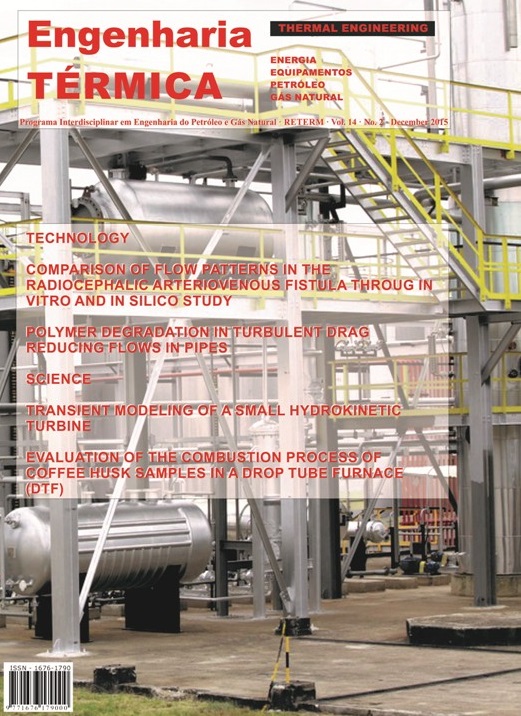EDITORIAL
DOI:
https://doi.org/10.5380/reterm.v14i2.62122Keywords:
Revista de Engenharia Térmica, Termal Engeneering Magazine, RETERM,Abstract
The most significant advance in Molecular Biology area in recent years was due to the development of a technic that provides the unlimited multiplication of DNA molecules (deoxyribonucleic acid – genetic material of most living things). Named PCR (Polymerase Chain Reaction), this technique afforded the progress of several scientific areas. The rapid and accurate diagnosis of diseases by PCR allows for greater effectiveness in the treatment of these diseases. The reliability of this technique is so great, that the identification of a criminal by PCR is accepted as forensic evidence. To perform a PCR reaction, it is necessary a DNA molecule to serve as a template, an enzyme called DNA polymerase and nucleotides, which make up the new DNA strand. In a simplified way, these are the main ingredients, but only mixing them in a test tube is not sufficient to trigger the process of DNA amplification. For this, cyclic temperature variations must occur, such as: a DNA initial denaturation at 94o C for 2 min, 35 cycles of 1 min at 94o C, 1 min at 62o C, 1 min at 72o C, and a final extension for 4 min at 72o C. For the accurate occurrence of these cyclic temperature changes, an equipment called thermocycler was developed. In other words, this revolutionary technique combines enzymatic reactions and a thermodynamic process. Currently most thermocyclers use the Peltier technology, exploiting the properties of semiconductors and providing greater uniformity at different temperatures that result in a high degree of accuracy and reproducibility. Thus, I take the opportunity to encourage research in the field of Thermal Engineering interfaced with Molecular Biology, which, as discussed above, may contribute to major scientific advances in biological sciences, and an improvement in the community's quality of life in general.
Downloads
Published
How to Cite
Issue
Section
License
Direitos Autorais para artigos publicados nesta revista são do autor, com direitos de primeira publicação para a revista. Em virtude da aparecerem nesta revista de acesso público, os artigos são de uso gratuito, com atribuições próprias, em aplicações educacionais e não-comerciais.



